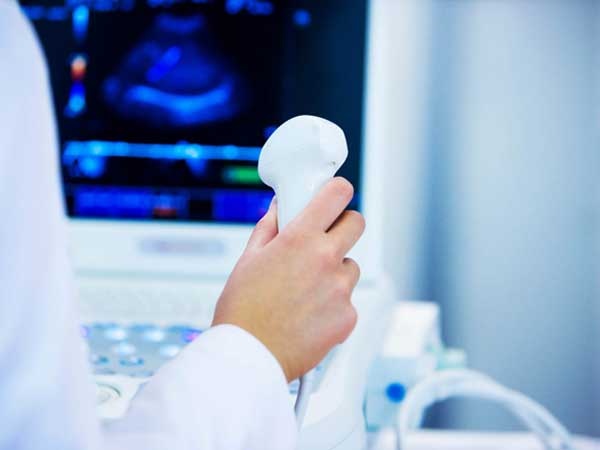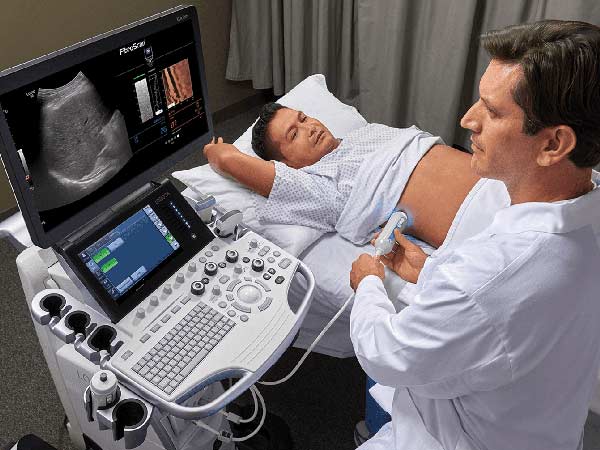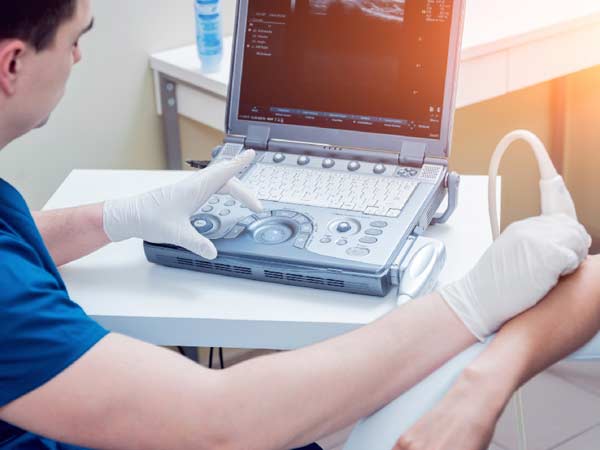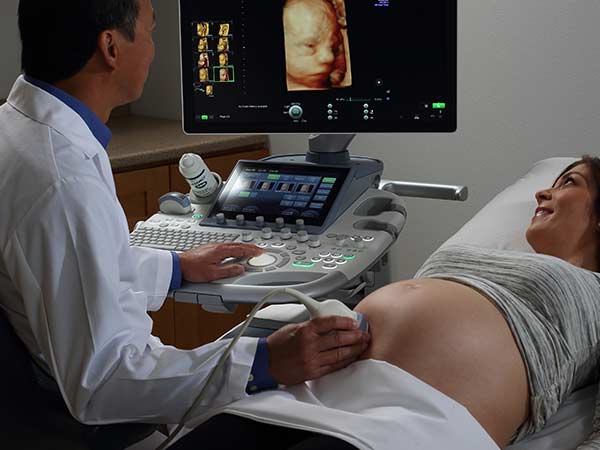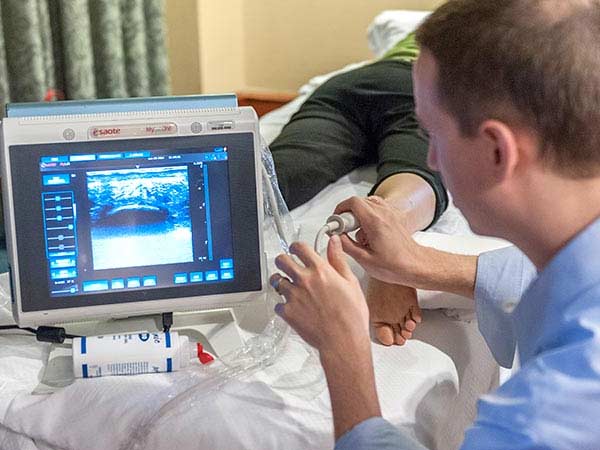Abdominal ultrasound is a non-invasive and extremely safe examination.
Through high-frequency sound waves, it allows the visualization of alterations in internal organs located in the abdomen region, such as the liver, gallbladder, biliary tract, kidneys & pancreas etc.
This type of ultrasound allows for assessment of the anatomy & alterations of the examined organs such as cysts, nodules, abscesses and tumors. In each organ, dimensions are measured and the physical aspect is observed in search of diffuse or focal alterations.
The exam can either be requested by the doctor in routine consultations or for emergency reasons (eg. abdominal pain).
There are three types of abdominal ultrasound – whole abdomen, upper and lower – and the choice of which one to perform should be guided by the referring doctor.
Learn more about each one of them and the type of preparation for an abdominal ultrasound.
Types of Abdominal Ultrasound
The choice of which type of abdominal ultrasound to perform depends on the symptoms that the patient presents and the medical evaluation performed by the referring doctor.
- Upper abdominal ultrasound: allows the evaluation and detection of possible alterations in the liver, gallbladder, bile ducts, spleen, kidneys, pancreas, aorta and inferior vena cava. Visible abnormalities in bowel loops are also mentioned.
- Lower abdominal ultrasound: allows you to visualize different organs for men and women.
In men, the lower abdomen includes urinary bladder, prostate, seminal vesicles & bowel loops.
In women, it is used in the evaluation of the bladder, uterus, fallopian tubes and ovaries. In specific cases, it may need to be complimented by transvaginal or transrectal ultrasound for greater details.
- Ultrasound KUB region: focuses on the urinary tract specifically.
A whole abdomen (full abdomen) ultrasound looks comprehensively at all the above mentioned intra-abdominal organs.
Indication for Abdominal Ultrasound
Abdominal ultrasound is an exam that has many uses in the evaluation of organs in this region of the body, detection and analysis of diseases, as well as the monitoring of already diagnosed conditions.
Emergency indications: Though the list of indications is very long, some common indications are as follows:
-Abdominal pain & discomfort
-Recurrent vomiting
-Prolonged fever of unknown cause
-Blood in urine/stool/abnormal menstrual bleeding
-Recent trauma/road traffic accident
Abdominal ultrasound allows you to identify diseases such as liver diseases, gallbladder or kidney stones, pancreatitis and a number of other conditions and injuries that can affect the organs in this region of the body. It also allows you to identify tumors, cysts and abscesses, assess the causes of irregular growth of an internal organ, as well as the narrowing or dilation of the biliary & urinary tract.
Most of these diseases have intense symptoms, such as pain and discomfort, but some develop silently. Therefore, it is very important to carry out regular medical follow-ups.
Non emergency indications:
– as part of preventive Health Checkup
– for workup in a known or suspected case of cancer
– for follow up of known abdominal diseases
Preparation for Abdominal Ultrasound
Abdominal ultrasound examination usually does not require many restrictions. When performed in routine circumstances, abdominal ultrasound requires some preparation. But you don’t have to worry, these are simple recommendations to achieve a good quality abdominal ultrasound examination.
The day before the exam
- Avoid alcoholic beverages and very greasy foods, such as fried and processed foods;
- Avoid consuming soft drinks, milk and derivatives, beans, cabbage and other foods that increase gas production;
- Avoid smoking
On the day of the ultrasound
- The patient should preferably be fasting for eight hours. However, need for fasting depends on the indication for ultrasound. Strict fasting for 8 hours may not be absolutely necessary.
- It is preferable to hold urine (avoid passing urine preferably for two hours before the test) in case of whole abdomen or lower abdomen ultrasound.
- In case of emergencies, fasting & retaining urine is not necessary for ultrasound evaluation.
How an abdominal ultrasound is performed
As we have already mentioned, abdominal ultrasound is a simple, painless and non-invasive test to prepare and perform. As with other types of ultrasound, the patient lies on the couch and the doctor, with the help of a gel, slides the transducer over the skin. This device emits high-frequency sound waves to the internal organs and, from there, generates images that can be viewed in real-time on the screen These may be complimented with color doppler for more information depending on the clinical setting. Delivery of the result is immediate.


